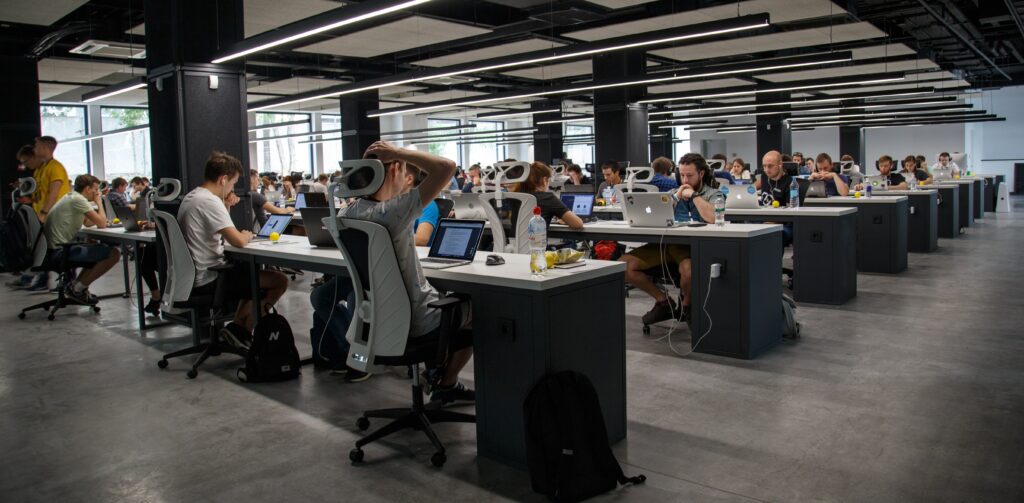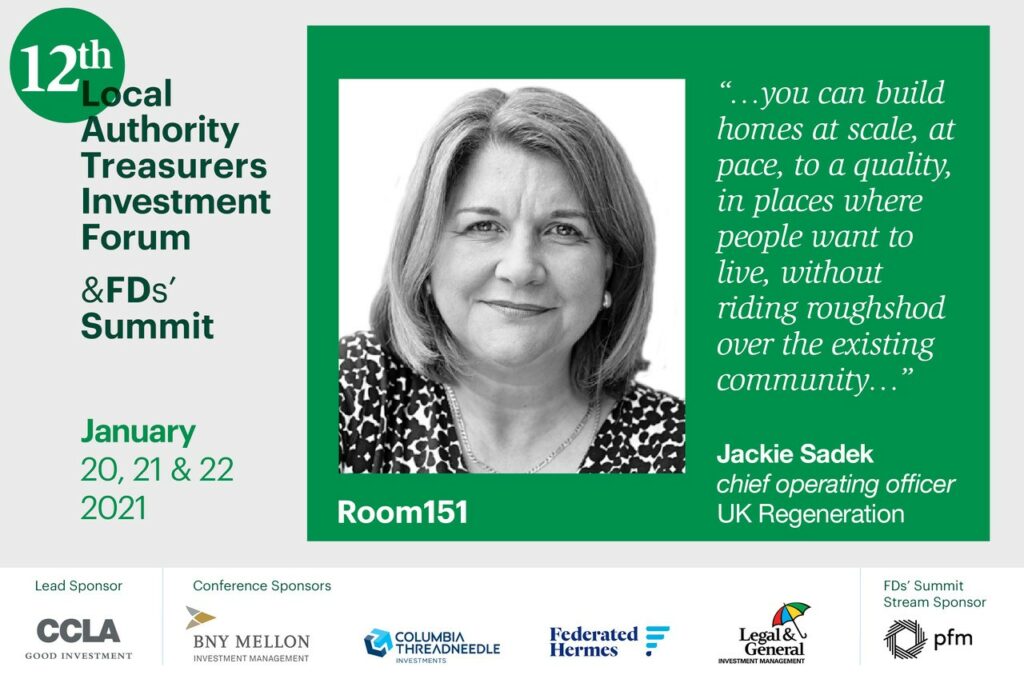
Sponsored article: José Pellicer of M&G Real Estate on why identifying structural vs cyclical change is key to outperformance in the 2020s.
The disruption caused by the pandemic has brought us to a familiar point in history, which we have seen unfold before. During the turmoil of the French Revolution, people thought the world was on the cusp of radical change, yet after the Napoleonic wars, the country reverted to absolute monarchy. It was a further 55 years before democracy finally consolidated in France. Similarly, people foretold the global financial crisis as the end of financial services in London (or, at least, a massive reduction thereof). Clearly, this did not play out.
Turmoil
History has shown that once turmoil comes to an end, things tend to slip back to the way they were. However, if a period of turmoil plants the seed for radical change, this pans out over an extended period of time. This can be seen in the retail sector, where online retail took off in the late 90s, yet the decline of high street retail kicked in through the 2010s—and not all parts of the market suffered equally.
While medium-sized shopping centres have struggled to recover value since the last downturn, good quality retail parks, shops in tourist towns and core shopping centres are now higher-valued than even before the financial crisis in some cases.
In the current environment, the ability to function efficiently from home has prompted fundamental questions, about the future of the office, and whether we are likely to see the end of business travel, for example.
For investors, including pension funds, with fixed liabilities to meet, the prospect of structural change represents both uncertainty and opportunity. Is logistics the new retail? Should we pile into alternatives?
In practice, the landscape requires investors to differentiate between what are likely to be structural changes versus cyclical changes.
As we’ve seen in the past, should change come to fruition, it will not happen overnight. When the pandemic abates, people will be eager to return to the office and business travel is likely to resume—frequent flyers are keen to get back on a plane. But if the pandemic has proven one thing, it is the ability to communicate remotely. Therefore, long haul trips for single (non-crucial) meetings could reduce drastically over time. But there is a flipside: the pandemic has also underscored our need for human contact.
Structural change
Key to outperformance in the 2020s is to identify where structural change is likely to manifest strongest.
It’s not a case of office use coming to an end; as we get a handle on the pandemic, a substantial part of the market is likely to behave cyclically, with a return to the office. However, over time, part of the office sector could enter decline, driven by tenant preference for high quality, future-proofed space that enables collaborative working, with good connectivity.
The grace of gradual change, is the ability to adapt. This is a time for careful observation, with the goal to reposition over time. But we should not overlook cyclical changes. There could come value investment opportunities given that some of what goes down will come up again.
José Pellicer is head of investment strategy, M&G Real Estate.
Photo by Alex Kotliarskyi on Unsplash
FREE monthly and weekly newsletters
Subscribe to Room151 Newsletters
Monthly Online Treasury Briefing
Sign up here with a .gov.uk email address
Room151 Webinars
Visit the Room151 channel














